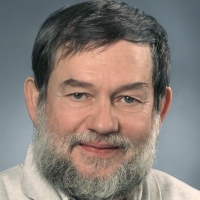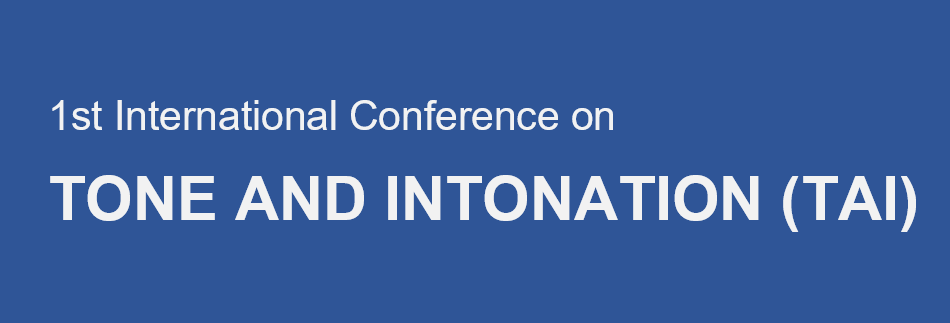Danish stød in its phonetic. phonological, morphological and lexical aspects, and its relation to Scandinavian tonal word accents
Hjelmslev – the father of the most famous Danish contribution to structural linguistics: Glossematics – claimed that every language has a central difficult problem around which the whole analysis must center, and for Danish, this is the stød (1951). Some of the greatest Danish linguists (including Verner, Thomsen, Jespersen and Fischer-Jørgensen) published important attempts to solve this crux. For many years, I have investigated the central aspects of the stød in Modern Danish (phonetically in collaboration with Grønnum), including its relations to the Scandinavian tonal word accents, and the talk will give a synthesis of this work.
According to my unified Non-Stød Model (e.g. 2008, 2014), Danish stød is default for heavy (= bimoraic) syllables (having a long sonority syllable rhyme and at least secondary stress), which have stød unless a – lexical or word-structural – Non-Stød principle applies. This is a great simplification compared to other accounts that try to give rules for the occurrence of stød. The Non-Stød principles are of two kinds: Lexical Non-Stød (applying to different parts of the vocabulary) and Word-structure Non-Stød predicting the interaction between morphological structure, position of suffixes, and the domain of phonological rules.

